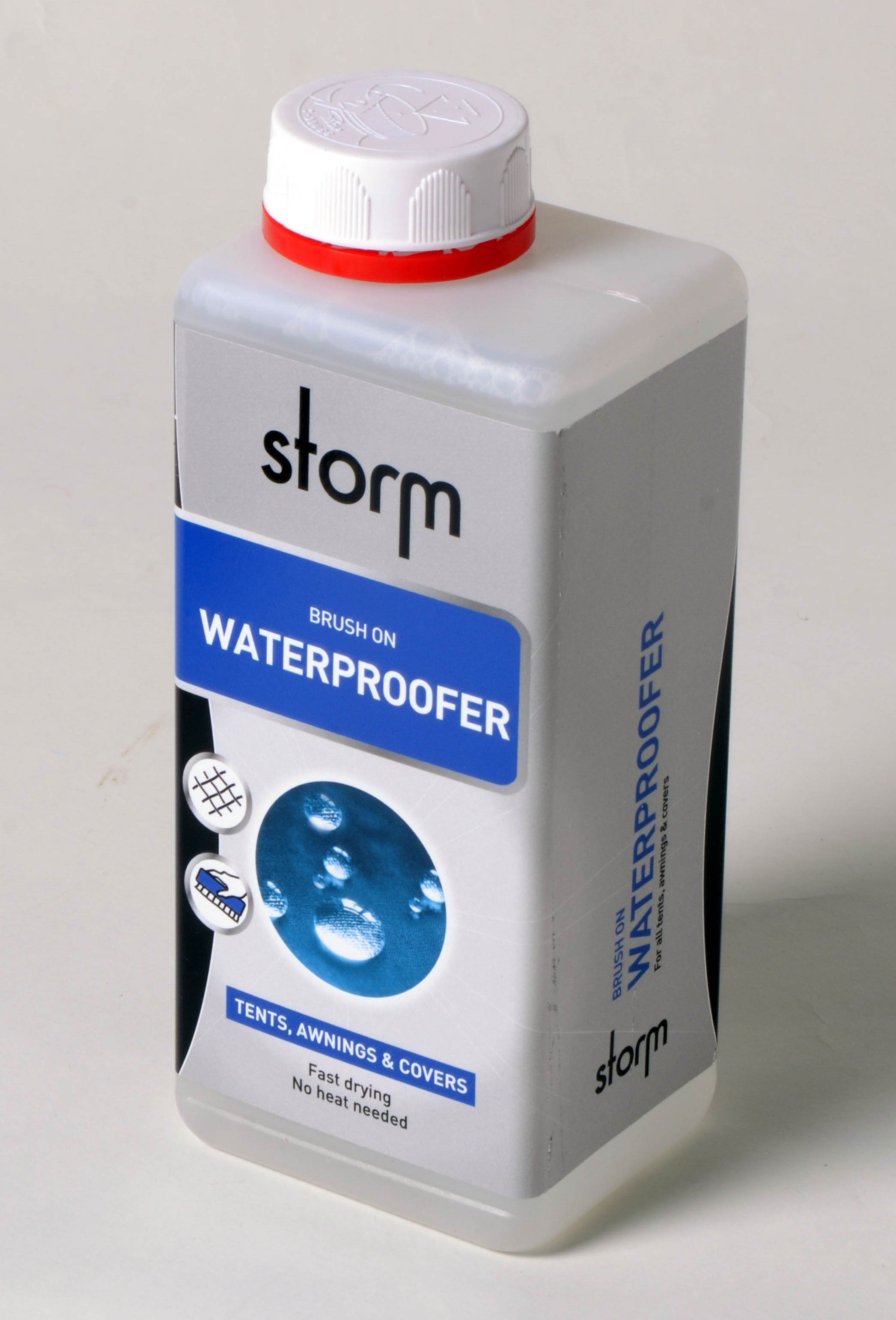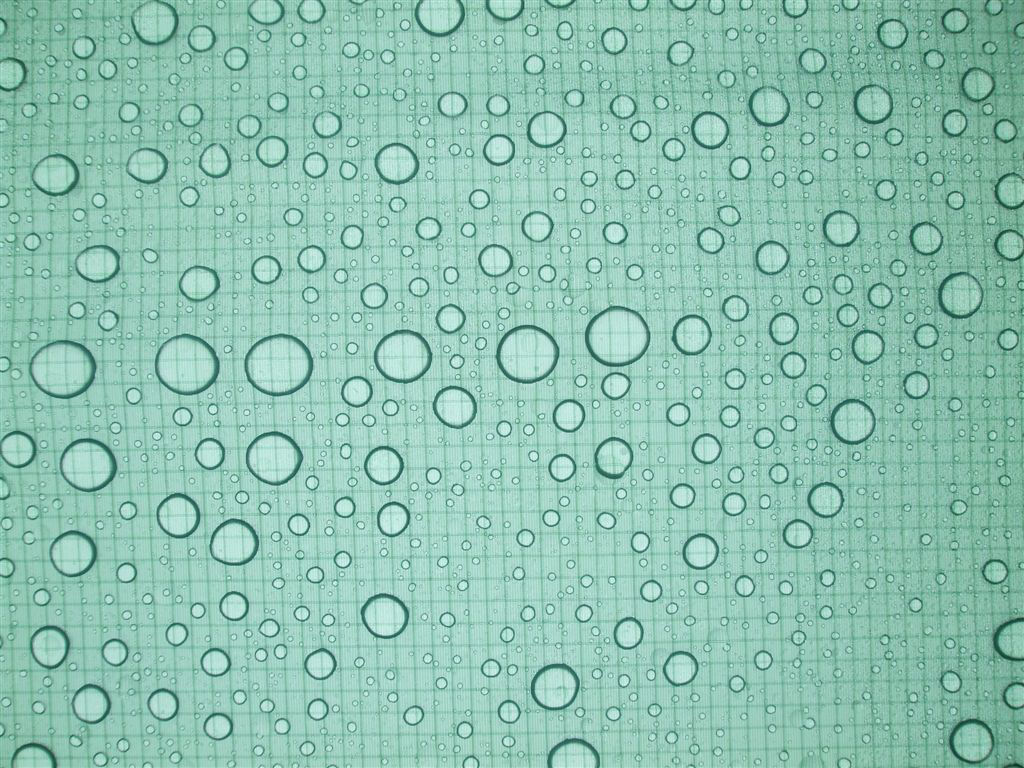Mildew
Mildew or mould is bad news for an awning. It is caused by fungi that will at best discolour your awning and give it a musty smell, and at worst consume the fabric until it disintegrates.
Prevention is definitely better than cure, so make sure your awning is clean and dry before you store it and try to keep it in a place that has reasonable air circulation where the surrounding air isn't humid. Chances are this won't be in your caravan or motorhome.
If you're unlucky enough to find mildew or mould anyway, prevent it from spreading by rinsing with water and white vinegar or a mild sterilising fluid such as that used for baby bottles. Leave for about half an hour and then rinse the area thoroughly. You'll probably need to reproof the fabric afterwards.
Seams and zips
If you find the zips on your awning are getting a little difficult to open and close, you can buy a lubrication spray to get them moving again. Rubbing the wax of a candle into the zip should have the same effect. This is definitely worth doing before that first zip breaks.
Likewise, if the seams show any signs of letting in water you can seal them using a proprietary seam sealant. Make sure the sealant is completely dry before packing your awning away - to avoid the wrong bits of fabric sticking together.
What about waterproofing?

A waterproofing product

Water droplets on a canvas awning
On awnings made from man-made fabrics such as nylon, polyester and coated polycotton, water should form droplets on the surface of the material and then roll off. This waterproofing is normally achieved using a coating known as a durable water repellent (DWR). The DWR can become less effective over time for a number of reasons. For example, it can degrade in sunlight or be damaged if the fabric rubs against a rough surface. If the coating fails, water will start to soak into the fabric (darkening it) and it's time to consider reproofing your awning.
Weathering
It used to be standard practice to weather canvas before using it. A new 100 per cent cotton canvas awning will often leak when it first gets wet so it's preferable to soak it in a controlled environment first. The process of thoroughly wetting the fabric, known as weathering, allows the fibres to swell and fill any gaps in the weave. You can do this by pitching the awning and leaving it out in the rain for a while or by spraying it with water from a hosepipe or watering can.
When the canvas dries the fibres remain closed and the next time it rains you should stay dry inside. Natural fibres tend to react differently to man-made materials when they are wet so it's generally best to use natural guy lines (such as hemp) on cotton awnings and man-made guy lines on polyester, nylon and similar.
If you have feedback on our new format Datasheet, please let us know, using our short Feedback Form.